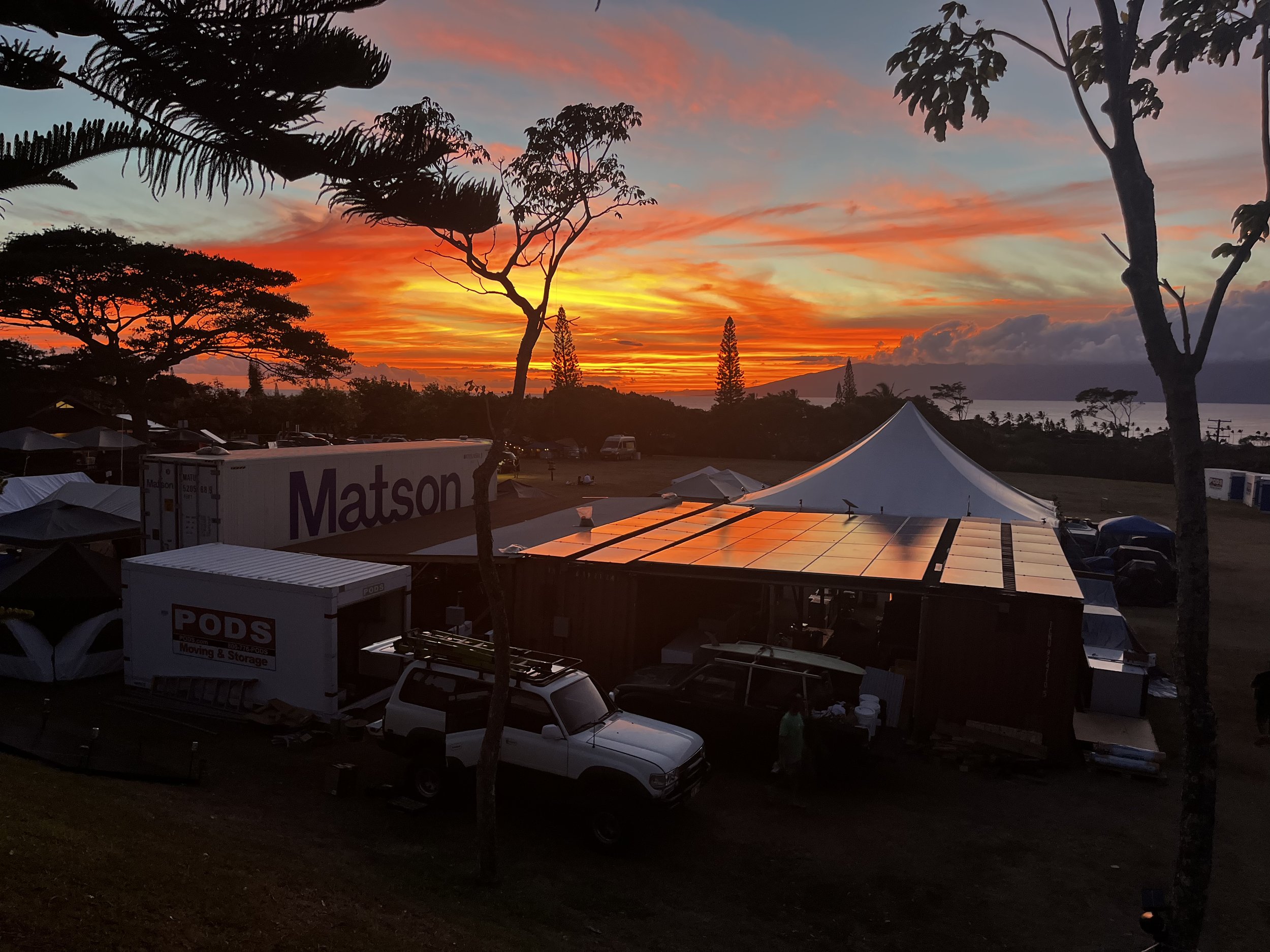We sat down with PV Magazine to discuss the Maui wildfires, decarbonizing disaster response, and duck curve financing.
Footprint Project is another charity supporting solar relief efforts on Maui. The organization has partnered with Empowered by Light in the past and the pair expect to collaborate on longer-term solar projects on the island.
When it comes to disaster funding, Footprint Project operations director and co-founder, Will Heegaard, said he would like to see greater investment ahead of time – although that can be a challenge for relief organizations. Much as with solar generation and grid capacity, there is a gap between the peak funding period for disaster relief and demand for finance. Most donations come in the wake of a disaster. The money is obviously welcome but a cash injection in the weeks and months before incidents occur could arguably go further. That way, more resources and infrastructure would be in place to react.
“We need to solve the duck curve of disaster financing,” said Heegaard. “If we’re going to be successful in expanding adoption of renewable technologies in disaster affected communities, we need the industry to pony up and invest in our work ahead of time. Otherwise, we will not be as successful as we could be.”
The resources deployed can vary at Footprint Project. Jamie Swezey, the organization’s program director, described his employer as technology agnostic. Broadly, the non-profit seeks to replace the 2 kW to 10 kW diesel generator. Its microgrids, therefore, operate in and around that range. That can mean a 2 kW or smaller set-up handy for charging cell phones in a crisis or a converted shipping container fitted with 10 kW to 20 kW solar arrays and 100 kW of battery storage. Footprint Project’s biggest microgrid to date, with a capacity of around 80 kW, can be found in Napili Park, on Maui.
Those PV installations don’t just supply power for relief work, they improve quality of life for first responders, according to Footprint Project. Swezey said that the non-profit has considered finding a way to record decibel levels, as one of the most frequent benefits cited by first responders when PV is installed is the reduction in noise level.
Sound isn’t the only thing that can make diesel generators a pain. First responders working around generators often complain of headaches, which Heegaard described as a symptom of low-grade carbon monoxide poisoning. Things can get much worse depending on where and how fossil fuel generators are used.
“After Hurricane Laura hit the gulf [of Mexico], more people died from carbon monoxide poisoning from running their gas generators in their garage, to power their house, than died from the hurricane itself,” said Heegaard. “It’s a huge health risk for a number of reasons.”
Thank you to our Microgrids for Maui Coalition partners for helping us decarbonize disaster response and build back greener: Hawai'i Solar Energy Association, Sunrun, Greentech Renewables, Rising Sun Solar, Inter-Island Solar Supply, R&R Solar Supply, Fortress Power, Qcells North America, Jinko Solar, SunKing Hawai'i, Jackson Electric, Sunnova Energy, Elcco Electric, Briggs & Stratton, Sol-Ark, Sunpower, IronRidge, Enphase, RevoluSun, Alternate Energy, BayWa R.E., EnerSys, New Use Energy, Maselli Electric, Schneider Electric, and LONGi.














